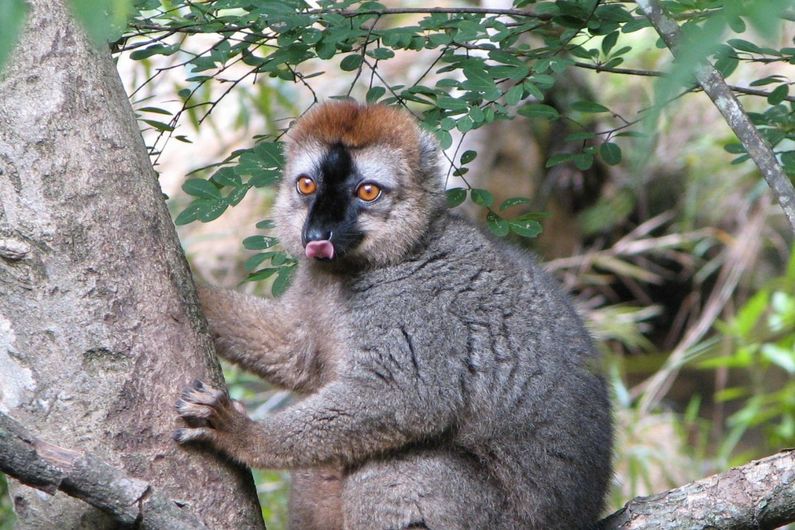Follow us on Google News (click on ☆)
When the first lemurs appeared tens of millions of years ago, the island had extremely diverse ecosystems ranging from humid rainforests in the east to arid expanses in the southwest.

Illustration image from Pixabay
With few other competing mammals, these early lemurs evolved into a wide range of forms, from the teacup-sized mouse lemur to the giant sloth lemur. Many of these animals exhibit incredibly high levels of genetic diversity. Yet paradoxically, almost all - 90% - of the hundred or so species living on the island are threatened with extinction.
To find out why, and perhaps solve this mystery, anthropologists and biologists from the University of Montreal and Pompeu Fabra University (UPF) in Spain took a genetic approach: they sequenced the genomes of 162 lemurs from Madagascar representing 50 species, by far the largest lemur genome sequencing effort to date.
The international research team thus revealed the extraordinary diversity of these long-neglected and threatened primates, a major breakthrough in understanding how primate genomic diversity has been influenced by ecological and anthropogenic factors.
Led by Joseph Orkin, assistant professor at UdeM and principal investigator at the multi-omics laboratory on primate evolution in the university's departments of anthropology and biological sciences, and Tomàs Marquès Bonet, Spanish research professor and principal investigator at the Institute of Evolutionary Biology at UPF in Barcelona, the team uncovered a number of these factors.

Red-fronted lemur ("Eulemur rufifrons").
Credit: Bernard Gagnon, CC BY-SA 3.0 , via Wikimedia Commons
In particular, they showed how ecological variations, climate fluctuations and recent human activity have influenced lemur genetic diversity as well as their long-term survival prospects.
Widespread gene flow
Published in Nature Ecology & Evolution, the team's analyses reveal widespread gene flow between lemur species over hundreds of thousands of years.
"Because climate changes periodically connected once-isolated habitats, lemurs from different species and populations interbred, sharing genetic material that boosted their overall diversity," explains Joseph Orkin. "Moreover, the most diverse species appear to be those whose populations are fragmented across several of the island's ecosystems. This pattern of isolation and reconnection seems to build and redistribute genetic variation across the island."
He adds that "many lemur species exhibit very high genomic diversity, which seems counterintuitive considering that a large number of them are seriously threatened with extinction. It's really exciting to see how Madagascar's ecology has helped shape lemur diversity."
Humans play a major role
While Madagascar is a laboratory for lemur diversity, recent human activity plays a key role in their population collapse. The data show a striking correspondence between the onset of marked lemur population declines and human population expansion, deforestation, and changes in hunting practices.
No one knows exactly when humans arrived in Madagascar, but it is clear that their numbers began to increase about 1000 years ago and that the island's landscape began to change significantly in the 1700s, notes Joseph Orkin.
"When we looked at the genetic evidence of population decline, we found two consistent inflection points, about 1000 years ago and 300 years ago. It was really striking to see such a clear overlap between the timing of human population expansion and lemur population decline," he says.
These findings have significant implications for conservation strategies, he points out. While habitat fragmentation and deforestation threaten lemurs by reducing population sizes, they also cut off the natural corridors that historically allowed gene flow. Without these genetic exchanges, the risk of inbreeding increases, further endangering already threatened species.
"This situation is not unique to Madagascar," stresses Joseph Orkin. "Human population expansion is accelerating biodiversity loss everywhere we look. But the moral of the story is that humans are just one part of the natural world. The more we learn about how biodiversity is shaped by natural and human forces, the better chance we have of protecting it."